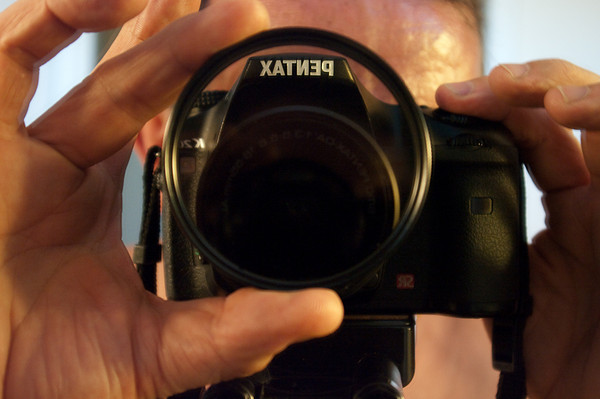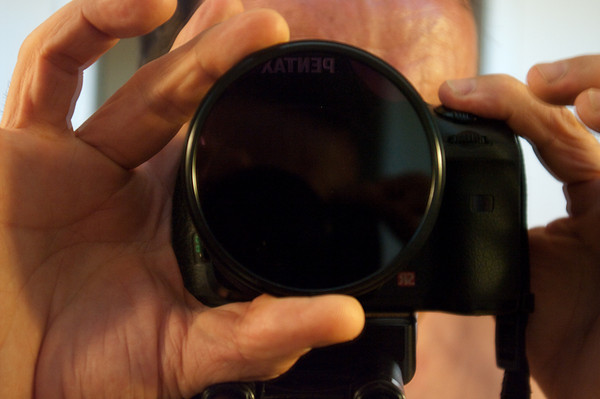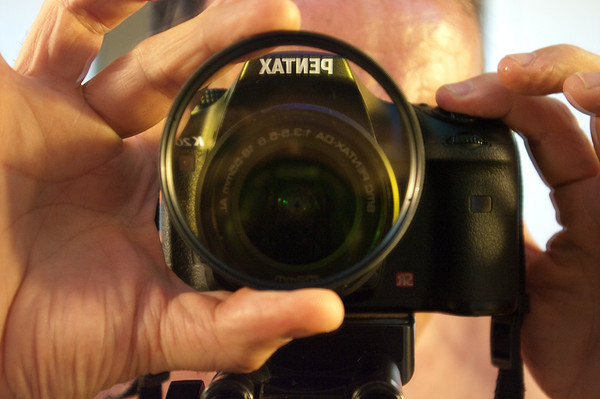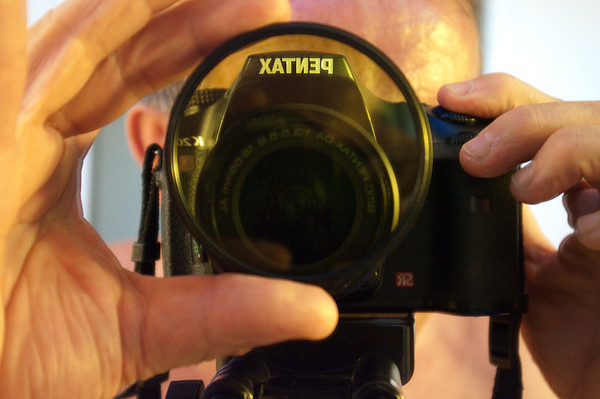Polarizers come mostly in two types - linear and circular polarizers.
Most normal light has a mixture of polarizations that is mostly pretty random.
Linear polarizers selectively remove that part of the light that is not polarized in the same plane as the filter. What remains and passes through to the camera lens is mostly polarized in the same plane as the filter is oriented. (that is very similar to an red filter for B/W that removes mostly green light, passing primarily red light on to the lens).
Circular polarizers are really two filters stacked one behind the other. The filter furthest from the lens is a regular linear polarizer. Immediately behind that (in the same mount) is a "quarter wave plate" oriented at 45 degrees from the polarizer. That converts the "linear polarized" light coming back from the front polarizer to "circularly polarized" light that contains all polarizations again. Just how it does it is complicated, but I can post a more in-depth article if interested.
Reflected light is partially polarized in the process of being reflected, whether it is from an object in the image that you are trying to photograph, or reflected from the beam-splitting mirror in your DSLR that allows autofocus/metering. That means, in theory at least, that feeding the camera with linearly polarized light might interfere with light metering and/or autofocus, while feeding it with circular polarized light should not. Because of this, the normal dogma is that you need a circular polarizer on a DSLR to allow autofocus and metering to work properly. In actuality here, I have found little or no problem with linear polarizers (which are often better, cheaper and less prone to other artifacts including color casts). That has been true with istD, istDS, K100D and my current K20D.
The simplest test for whether a polarizing filter is really and truly a circular polarizer is very easy. Look through it into a mirror. This is a Hoya PL-CR filter that is first held in the normal orientation (male threads toward the camera lens or my eye). Light is reflected off the mirror and passes back through. There is some darkening (about 1-2 stops with each pass through the filter) but the camera is clearly visible in the reflection. There is very little color cast visible.

Now reverse the filter. This is the same Hoya PL-CR filter with the male threads pointed to the mirror, away from the camera. Now the mirror image of the filter is very dark, making it harder to read the logo and much harder to read the lens lettering..

(Just why that happens is fairly complicated. Again, if there is interest I can post a more in-depth explanation).
If you try the same test with a good linear polarizer, there is absolutely no difference on reversing it - the image looks identical, and with minimal color cast.
Now look at a cheap Visico CPL circular polarizer bought off ebay. This is in normal orientation, male threads to camera lens.

And this is the Visico CPL reversed, female thread to the lens.

The first thing that is obvious is the lack of darkening when the filter is reversed, but there is also a definite yellow color cast in both orientations. This "circular polarizer" is only circular in shape, not in type!
This holds true for other filters I have acquired over time, some with lenses, some on their own. The Hoya 67 and 77 mm PL-CR filters are true circular polarizers with minimal color cast. The Hoya 49 and 52 mm PL are true linear polarizers, again with very little color cast. In contrast, each of the cheap Asian filters from Visico or no-name from Korea fail this simple test, both obviously as true circular polarizers and also by introducing unwanted color casts.
Try it with your own filters and see which others pass the test!